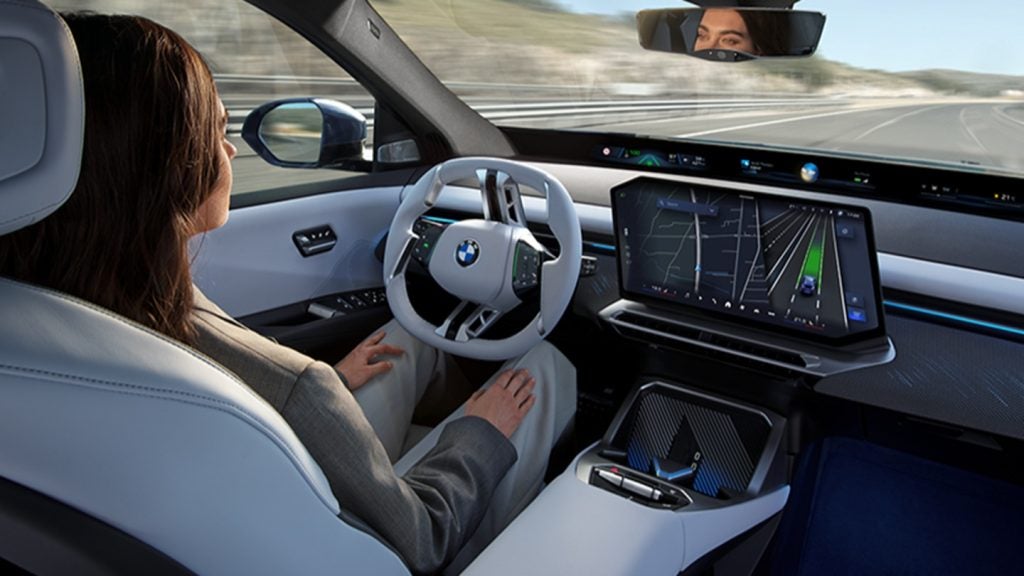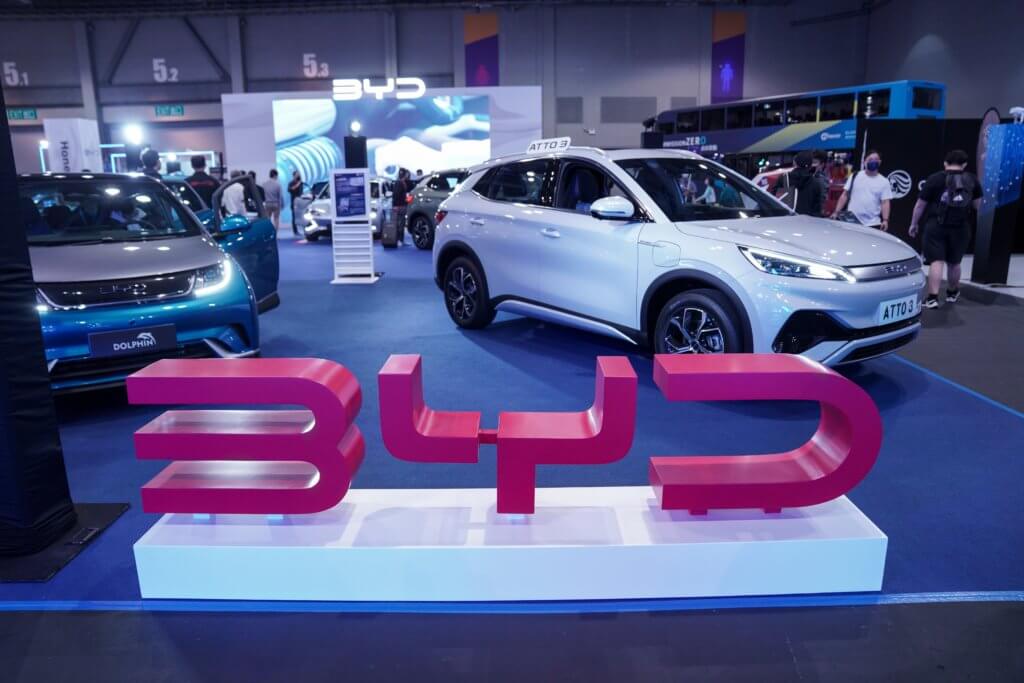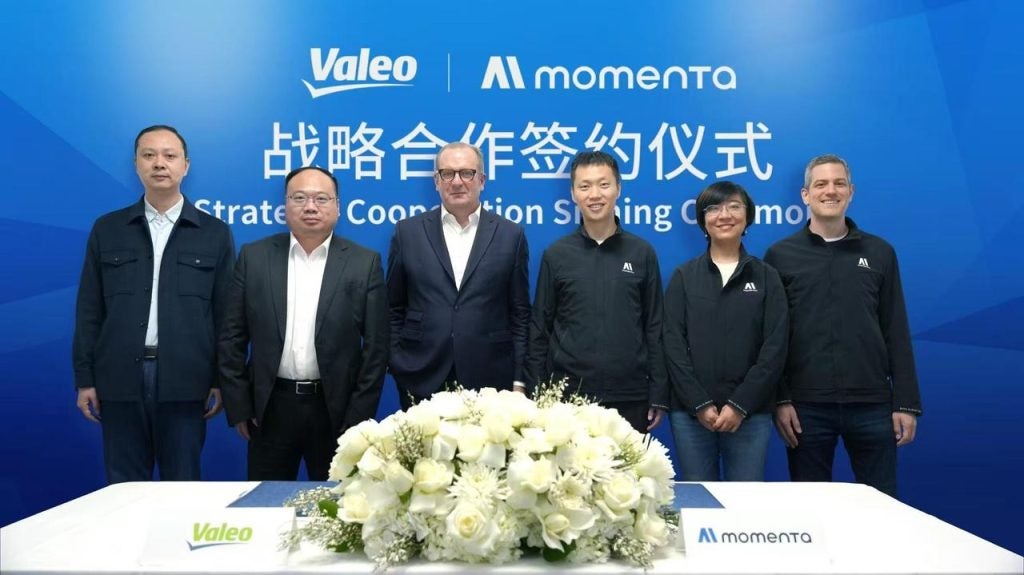BMW Group and Qualcomm Technologies have introduced their advanced automated driving (AD) system, Snapdragon Ride Pilot, in the BMW iX3, the first vehicle of BMW's Neue Klasse.
Validated for over 60 nations and slated for expansion to more than 100 by 2026, the system is now accessible to global automakers and tier-1 suppliers via Qualcomm.
The Snapdragon Ride Pilot, which marks the culmination of their three-year partnership between the companies, is powered by Qualcomm's Snapdragon Ride system-on-chips (SoCs) and leverages a co-developed Snapdragon Ride AD software stack.
It is designed to support various AD capabilities from basic new car assessment programme (NCAP) to Level 2+ navigation on autopilot (NOA).
Experts from multiple locations, along with those from BMW AD Test Center in the Czech Republic, contributed to the development of the AD software stack, emphasising safety and compliance with automotive safety integrity levels (ASIL), functional safety (FuSa), and Safety of the Intended Functionality (SOTIF) standards, alongside cybersecurity features.
The system offers a comprehensive vision stack for object identification, advanced perception through bird-eye-view (BEV) architecture, and optimised performance for complex urban environments.
It integrates rule-based and AI-based models for behaviour prediction and planning, ensuring safe navigation in intricate driving scenarios.
Snapdragon Ride Pilot is bolstered by a data and simulation factory, enabling continuous improvement through real-world and synthetic data.
It is said to support over-the-air (OTA) updates and can be customised through the Snapdragon Ride SDK, allowing for tailored solutions and ongoing enhancements based on fleet data.
In the BMW iX3, the AD system enables driving capabilities, such as contextual lane changes and hands-free driving on approved roads.
The hardware of the system is BMW's "superbrain of automated driving", a central intelligent computer powered by Snapdragon Ride SoCs, offering a significant increase in computing power.
The unified architecture of the system includes high-definition cameras and radar sensors, providing complete coverage and high-definition mapping.
Additionally, the BMW iX3 features Qualcomm' V2X 200 chipset, enhancing safety through vehicle-to-everything (V2X) communications.
This allows the vehicle to communicate with its environment, minimising collisions by detecting unseen risks.
BMW Group development driving experience senior vice president Mihiar Ayoubi said: “Together with Qualcomm Technologies, we've created a groundbreaking system, which is a significant contribution to the big technological leap we take with our Neue Klasse.
“This collaboration has enabled us to develop a cutting-edge driver assistance system, setting a new benchmark. Smart, symbiotic and safe is the core of the BMW philosophy when it comes to ADAS – our new BMW iX3 will deliver this on an unprecedented level.”
Last month, the BMW Group Plant Steyr began series production of the e-engine for the Neue Klasse.
















